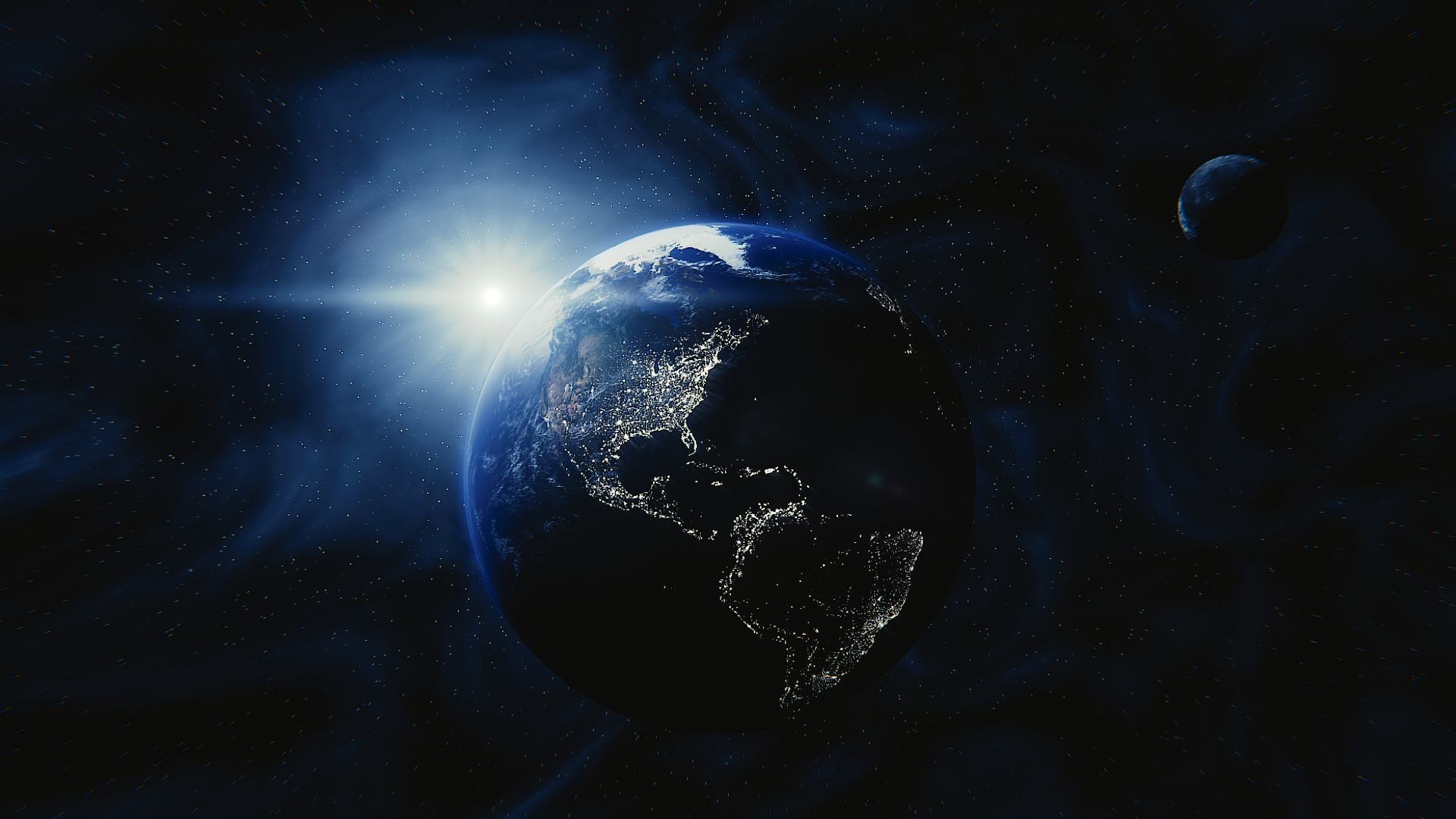
The Anthropocene as the age of flows of people and goods
Transport
The development of modern modes of transport has been a major shift towards increasing the impact of human activity on Earth.
Modern transport modes have considerably accelerated the flows of people and goods, which is an essential factor in the growth of human activity.
Like urbanization, modern transport modes depend on an abundant and cheap energy, which is obtained by the extraction and transformation of fossil resources.
Modern transport modes require massive consumption of natural resources for their manufacture and running, and generate large quantities of greenhouse gases.
Transport is responsible for just over 15% of global CO2 emissions [1]. Road transport alone accounts for approximately 75% of transport-related emissions.
The different modes of transport do not only involve the consumption of resources and the emission of greenhouse gases. Above all, they involve massive infrastructure that fragment and artificialize the environment. Transport thus contributes to the destruction of natural habitats, which is the main cause of the current biological collapse [2].
Key messages


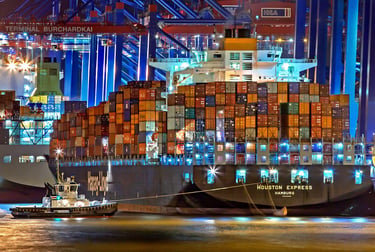
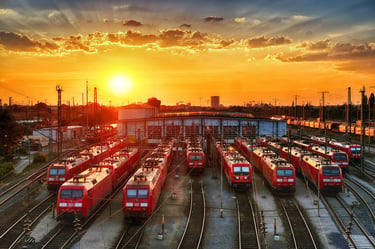
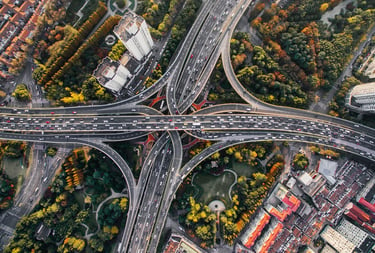
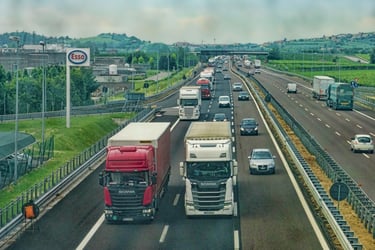




Modern modes of transport consume resources and emit pollutants
While for millennia, humans have generally lived their entire lives in a restricted area, more and more of us are now traveling all around the world. Goods can also transit over thousands of kilometres.
For biological and physical systems, the development of rapid and long-distance transport has two major effects: the destruction or fragmentation of biotopes, and the emission of pollutants.
Transport is responsible for around 15-20% of global CO2 emissions [1]. Individual cars, trucks, boats and planes run mainly on fossil fuels; the train mainly runs on electricity, which can be produced from fossil fuels or by other means (nuclear, hydraulic energy, etc.).
Road transport alone is responsible for 3/4 of transport-related emissions [1]. Today there are approximately 1.5 billion motor vehicles (cars and trucks) in the world [3].
Source of images: Pixabay.
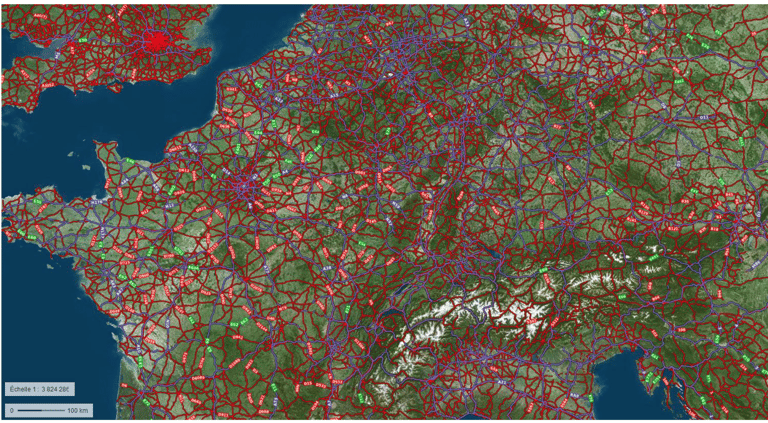

Transport infrastructures fragment Earth's surface
Modern transport modes consume natural resources and emit waste, but also rely on massive infrastructure (roads, car parks, railways, airports, seaports, etc.) which artificialize the soil and fragment the environment, often constituting impassable obstacles for many animal species.
In France, the road network would represent approximately 1 million kilometers [4].
Transport thus stongly contributes to the destruction of natural habitats, which is the main cause of the current biological collapse [2].
Top image shows an aerial view of Western Europe with representation of the main roads (including motorways). Bottom image shows an aerial view in the south-west of France (Aquitaine region) with the layout of tarred roads.
Source of images: Géoportail (https://www.geoportail.gouv.fr).
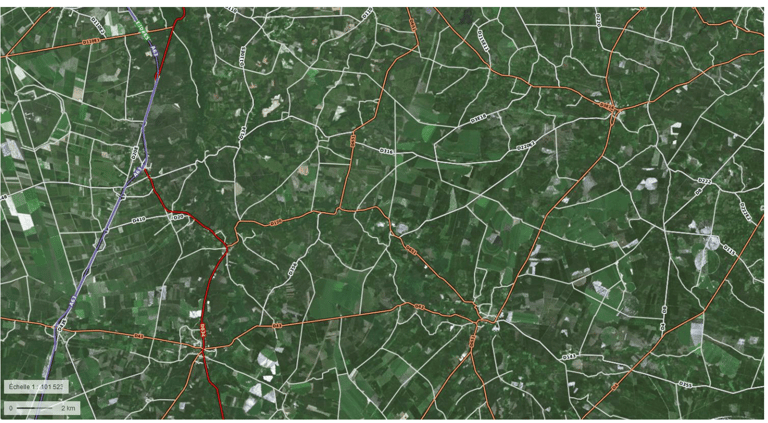

References
[1] H. Ritchie, M. Roser, et P. Rosado, « CO₂ and Greenhouse Gas Emissions », Our World in Data, 2020. https://ourworldindata.org/co2-and-greenhouse-gas-emissions
[2] WWF, « Living Planet Report − 2020: Bending the curve of biodiversity loss. Gland, Suisse », WWF, Gland, Suisse, 2020. [En ligne]. Disponible sur: https://www.worldwildlife.org/publications/living-planet-report-2020
[3] Hedges Company, « How Many Cars Are There In The World? Statistics by Country. », Hedges & Company. https://hedgescompany.com/blog/2021/06/how-many-cars-are-there-in-the-world/
[4] Statista, « Longueur des routes par type en France 2021, selon le type de route », Statista, 2023. https://fr.statista.com/statistiques/540868/longueur-routes-france-par-type/
